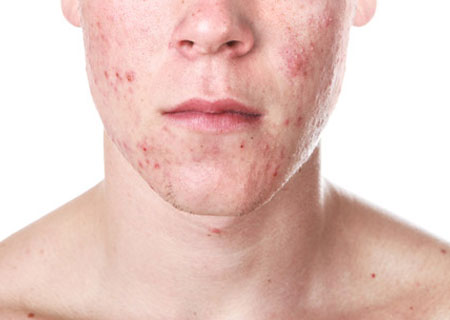Photo Dynamic Therapy Cardiff
What is Photo Dynamic Therapy?
 Photodynamic Therapy (PDT) is a modern, highly effective treatment for certain types of pre-cancerous lesions as well as non-melanoma skin cancers such as actinic keratoses, basal cell carcinomas and Bowen’s disease. PDT had also been used by many clinics as a treatment for acne vulgaris (pimples).
Photodynamic Therapy (PDT) is a modern, highly effective treatment for certain types of pre-cancerous lesions as well as non-melanoma skin cancers such as actinic keratoses, basal cell carcinomas and Bowen’s disease. PDT had also been used by many clinics as a treatment for acne vulgaris (pimples).
PDT works by using a chemical to sensitise the skin towards light. When the sensitised skin is exposed to light, chemical reactions will occur in the skin that leads to the destruction of the tumour cells. When treating the skin for pimples this treatment has been shown to destroy some of the glands that produce the oil on the skin. This will make the skin less oily and thus reduce the severity of the pimples.
PDT involves the application of the skin sensitiser that need to be applied for 3 hours before it is activated with red light. Therefore do be prepared to spend at least 4 hours in the clinic.
The advantage of PDT for the treatment of skin cancers or pre-cancerous skin lesions is that PDT only targets the abnormal skin cells. This will result in minimal or no scarring. In the treatment of pimples, PDT can destroy the cell that produces oil on the skin and thus leads to a long lasting or permanent reduction in the severity of the acne.
PDT is not always successful and may need to be repeated for best outcome.
What does Photo Dynamic treatment involve?
The treatment can be divided into 3 steps:
- Preparing the lesion and skin: The skin will be cleaned and if there are any crusts these will be removed.
- Application of the gel: Once your skin is prepared a gel will be applied with a wooden spatula to the lesion. A clear dressing will then be applied on top of the gel. You must not remove this dressing until at least 3 hours after the application. The dressing is important to help the gel to be absorbed by the target cells. During this time you may leave the clinic but you must make sure that the area to be treated is not exposed to very cold air or direct sunlight.
- Red light treatment: After 3 hours, the doctor or nurse will take off the dressing, wipe and wash the skin. You will then need to lie down on the treatment couch and your eyes will be protected with eye patches and metal goggles. Once you are comfortable a special lamp will be manoeuvred into position and switch on. Initially the lamp will be set at 100% power and if you can tolerate this setting the treatment will only last 10 minutes for each exposed site. However if you are feeling too much burning sensation, you can ask the doctor or nurse to reduce the power. The machine will then automatically recalculate the amount of time needed to treat your skin with the required dosage of light.
What to do after the treatment?
- After the treatment, you need to keep the treated area clean and dry for 24 hours.
- Do not apply any greasy creams to the treated area for at least 24 hours. After 24 hours, do daily gentle skins wash and apply Cetaphil cream or Vaseline ointment as moisturiser. In some cases the skin can take up to 6 weeks to heal properly.
- You must protect the treated skin from sunlight for 48 hours. Your skin may be still more sensitive to sunlight or ordinary light for up to 7 days after the treatment.
- If you are experiencing a lot of pain, you can take paracetamol or co-codamol
What are the potential side effects?
There are certain risks associated with PDT and they include but are not limited to:
- Burning sensation, redness, localized swelling, pain, skin peeling, scabbing, blister formation, itch, light sensitivity, headache and tingling.
- Rare adverse effects such as eye swelling, eye pain, nausea, fatigue, transient or permanent (Hypo/ Hyper) pigmentation changes to the skin may also occur
PDT is not suitable if you are pregnant or breast feeding.
General precautions:
If you had PDT treatment for pre-cancerous skin lesions or non-melanoma skin cancer you need to keep you skin under regular surveillance by your doctor. A person who has previously had a skin lesion of this type is more at risk of developing a new lesions. Also with PDT, approximately 10% of all treated lesions can recur. Therefore do use suitable sun protection such as hats, clothing and sun block when going out into the sun.
Contact numbers:
In emergency do call the clinic on 02920 644 644 (during office hours) or 07713 404 088 (out of office hours).
What should I do next if I want Photo Dynamic Therapy??
It couldn’t be easier please call us on 02920 644 644 or Contact / email us to arrange a consultation in our Cardiff clinic.
If you have more questions we will be happy to call you back at a more convenient time.
